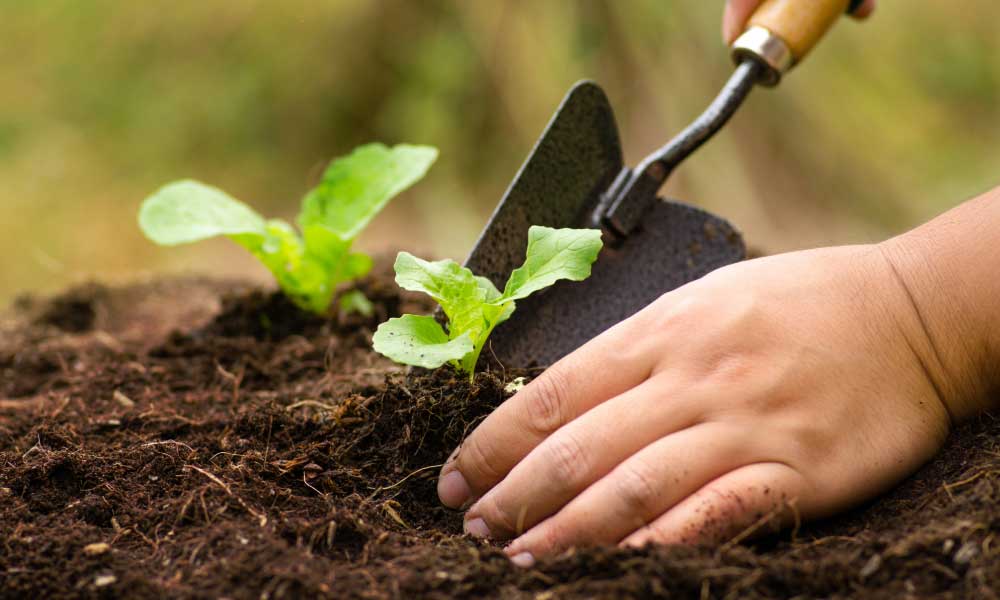Background
- Fun fact: Unlike bananas, plantains are not sweet and are typically cooked prior to eating.
- Plantain is a member of the Musaceae botanical family, which also includes banana.
- Plantains are common in Latin American and Caribbean cuisines and are commonly described as having a mild squash or potato-like flavor. The taste of plantains depends on their ripeness and how they’re prepared.
Nutrition
- Plantains are an excellent source of vitamin C, vitamin B6 and potassium, and a good source of magnesium, copper, riboflavin and fiber, making them a great choice for adding variety and nutrients to your diet.
- Vitamin C aids in collagen and connective tissue formation, immune function and wound healing.
- Vitamin B6 converts food into energy and promotes nervous system function and red blood cell formation.
- Potassium regulates blood pressure and fluid balance while also supporting heart and nervous system function.
- Magnesium balances blood pressure and blood sugar. It also promotes energy production and hormone secretion.
- Copper supports bone formation, energy production and iron metabolism.
- Riboflavin converts food into energy and assists in growth and development.
- Fiber supports a healthy digestive system by regulating bowel movements while also reducing your risk of diabetes, heart disease and certain types of cancer.
How to Purchase, Prepare, and Store
- When purchasing plantains, be aware of their various stages of ripeness:
- Green plantains are firm, starchy and taste similar to a potato.
- Yellow plantains may have some black spots as they ripen. They taste slightly sweet and will continue to have a firm texture.
- Black plantains are at the most ripe stage and start to become less firm. These can be eaten raw, but are still typically cooked in some way. Black plantains are not rotten and there is no need to throw them out.
- Ripen plantain at room temperature. Once ripe, they can be kept at room temperature, out of the sun, for a couple of days, or stored in the refrigerator for up to one week.
- Plantains can also be frozen for two to three weeks.
- To peel a plantain, cut off both ends, slice through the skin lengthwise, then remove the skin.
- Plantains can be baked, fried, grilled, steamed or boiled. Add them to soups, stews and sauces.
Nutrition Facts
1 cup plantain (cooked)
Calories: 244 | Protein: 2.6 g | Fat: 0.7 g | Carbohydrate: 63.6 g | Fiber: 3.4 g | Sugars: 34.9 g | Calcium: 6.0 mg | Magnesium: 72.0 mg | Potassium: 972 mg | Vitamin C: 31.2 mg | Folate: 38.0 µg | Vitamin A: 106 IU |Vitamin K: 57.4 µg
Recipes
Request an Appointment
